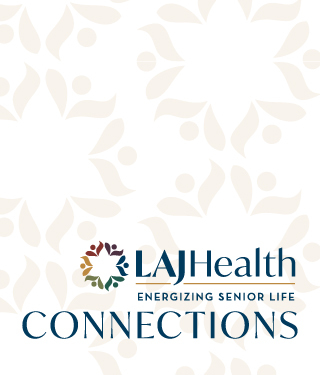The Beauty of Poetry Runs More Than Skin Deep


The Beauty of Poetry Runs More Than Skin Deep
April is National Poetry Month, celebrating an artform that can be evocative, challenging, and inspirational. In honor of this month, we filmed three Jewish Home residents talking about their interactions with poetry—how it inspires them and sparks their creativity even when encountered later in life—and reading original works.
An increasing body of evidence documents characteristics of poetry that go well beyond beauty. Indeed, more and more research highlights the positive effects of creative writing on people’s physiological, emotional, and cognitive well-being.
In recent years, scientists have used magnetic resonance imaging (MRI) and other instruments to examine the ways in which poetry affects the human brain. Among their discoveries: When we think about a poem’s meaning, it activates particular parts of our brains – some of the same parts we rely on to interpret our everyday reality.
An article in the highly regarded Harvard Business Review notes that poetry “teaches us to wrestle with and simplify complexity.” As it sparks our creativity, it can also help us foster a deeper sense of empathy, enabling us to understand the feelings and motivations of our family, friends, coworkers, and community members.
Studies show that poems help us in another critical way, too. They cause us to hear words differently and to see them in a fresh light, expanding our ability to use and process language. This stimulates brain function and, ultimately, strengthens brain health.
At the Jewish Home, providing an outlet for creative pursuits like poetry, photography, and music allows seniors to broaden their horizons, to push past mental barriers, and to engage with their peers. Active brains can mean happy lives – seniors excited to learn and to embrace the world around them. Jewish Home staff and volunteers encourage seniors to compose, to paint, or to take up any similar activity that can lift spirits and potentially forge new neural pathways.
The Home is fortunate to count among our residents aspiring poets at all levels of experience. Ellen Meli has been writing poetry since her youth; Nyla Lyon worked in the entertainment business and started experimenting with verse later in life. Both enjoy shaping words and phrases to express themselves, and both see putting pen to paper as stimulating and therapeutic. Their paths to poetry were different, but their conclusions are the same: Creativity can be a blessing at any age.
View Nyla Lyon reading her poem, “The Fireflies’ Glow,” Ellen Meli reading her work titled “How Old?” and Mack Stevens reading an award-winning poem by former resident Shelley Greenspan (of blessed memory) called “See Me With Your Eyes Closed” in three more inspiring videos below.

Mack Stevens Reads the Poem “See Me With Your Eyes Closed”

Ellen Meli Reads Her Poem “How Old?”

Nyla Lyon Reads Her Poem “The Fireflies’ Glow”